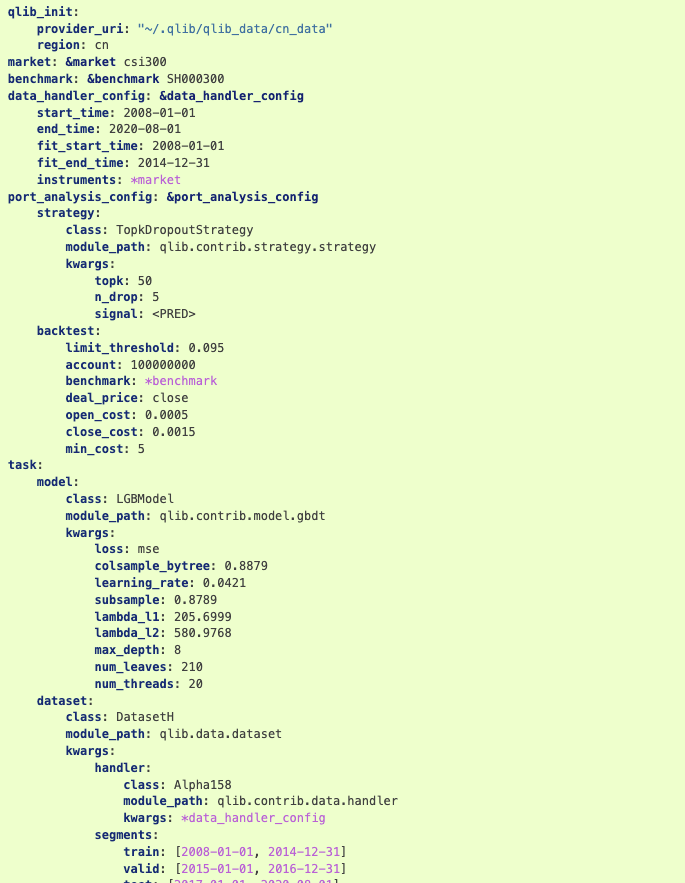If I woke up and had no memory of algorithmic trading with Python.
This is the Python Roadmap that I'd follow to get it back in a tenth of the time:
This is the Python Roadmap that I'd follow to get it back in a tenth of the time:

1. Build a Solid Python Foundation
Before diving into trading specifics, I'd get comfortable with Python basics—data types, control structures, functions, and OOP. Understanding these fundamentals will make it easier to grasp more advanced trading concepts later.
Before diving into trading specifics, I'd get comfortable with Python basics—data types, control structures, functions, and OOP. Understanding these fundamentals will make it easier to grasp more advanced trading concepts later.
2. Master Data Handling with Pandas
Pandas is my go-to library for data manipulation and analysis. Learn how to load historical market data, clean it, and perform time-series analysis. This skill is crucial for testing and validating your trading ideas.
Pandas is my go-to library for data manipulation and analysis. Learn how to load historical market data, clean it, and perform time-series analysis. This skill is crucial for testing and validating your trading ideas.
3. Visualize Your Data with Plotly
Effective visualization helps uncover trends and patterns. Plotly is excellent for creating interactive charts and dashboards. Practice plotting price movements, volume, and indicators to better understand market behavior.
Effective visualization helps uncover trends and patterns. Plotly is excellent for creating interactive charts and dashboards. Practice plotting price movements, volume, and indicators to better understand market behavior.
4. Develop and Backtest Strategies Using Zipline Reloaded
Zipline Reloaded allows you to backtest trading strategies on historical data. I'd start by coding simple strategies, then gradually add complexity.
Zipline Reloaded allows you to backtest trading strategies on historical data. I'd start by coding simple strategies, then gradually add complexity.
5. Implement Risk Management with Riskfolio
Risk management is key to long-term trading success. Explore Riskfolio, a powerful library for portfolio optimization and risk analysis. It helps you construct portfolios that balance return expectations with acceptable risk levels.
Risk management is key to long-term trading success. Explore Riskfolio, a powerful library for portfolio optimization and risk analysis. It helps you construct portfolios that balance return expectations with acceptable risk levels.
6. Connect to Real Markets via Interactive Brokers API
Once you’re confident in your strategies, learn how to execute them in a live environment using the Interactive Brokers API. This step involves transitioning from backtesting to paper trading, and eventually, live trading.
Once you’re confident in your strategies, learn how to execute them in a live environment using the Interactive Brokers API. This step involves transitioning from backtesting to paper trading, and eventually, live trading.
7. Want help getting started with algorithmic trading in Python?
I spent over 100 hours creating a free course and blueprint to get you started in under 5 days.
Get it here: startalgorithmictrading.com/beginners-algo…
I spent over 100 hours creating a free course and blueprint to get you started in under 5 days.
Get it here: startalgorithmictrading.com/beginners-algo…
P.S. - Want to learn Algorithmic Trading Strategies that actually work?
I'm hosting a live workshop. Join here: learn.quantscience.io/qs-register
I'm hosting a live workshop. Join here: learn.quantscience.io/qs-register
• • •
Missing some Tweet in this thread? You can try to
force a refresh
















